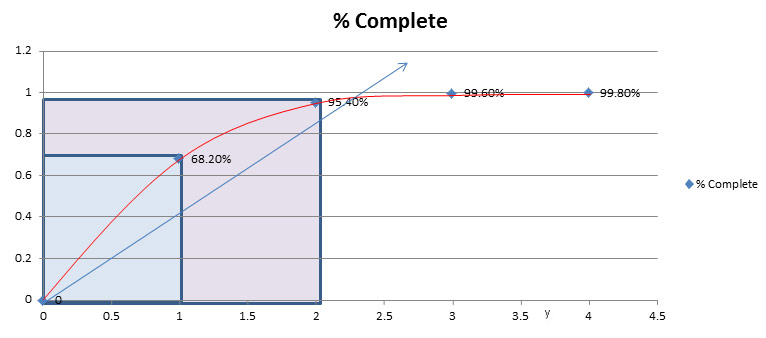The Expectations of Quality in Documentation are Increasing
Talk to any old time project managers about O&M manuals and you get the same response; a box ticking exercise in which it is only by the most extreme luck that you will find anything useful when you need it. As we move into the digital world everybody has much higher expectations. , Nov 09, 2011
Talk to any old time project managers about O&M manuals and you get the same response; a box ticking exercise in which it is only by the most extreme luck that you will find anything useful when you need it (See BSRIA performance indicator). As we move into the digital world everybody has much higher expectations.
We are all used to navigating round information on the Internet using hyper links to bounce from one document to another. We are also used to the convenience of being able to ‘search’ by keywords. This significantly changes the expectations of everybody from clients to facilities managers to client consultants et al, on what ‘should’ be available in a manual.
One of the difficulties of providing this higher quality of structure in the manual, is that it makes errors and gaps much more obvious. This is a good thing in that it makes it possible to improve the quality of the manual, but it has the disadvantage that it makes it a lot harder to get the final sign off.
If we have 1,500 separate documents relating to a project (pretty typical for a £3m project) and there are 3 items missing, the documentation is 99.8% correct, but those last 3 documents can still cause a hold up.

The Denaploy service therefore includes a management of the review regime for the manuals with tracking of reviews from all the key players and active involvement in getting issues sorted – Distributions of drafts for review to:
- Denaploy reviewers
- Main contractor
- CDM
- Architect
- M&E consultant
- Client
See the BSRIA survey of customer satisfaction.